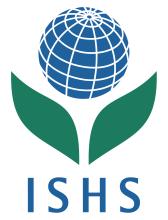Resource information
Vegetable farming systems (VFSs) in Indonesia have a long tradition in the upland areas and were characterised by high productivity and competitiveness. However, in the last decade, the profitability of VFSs has been challenged by several issues including lower productivity, higher domestic prices, various export barriers, an increase in the volume of imported vegetables and environmental deterioration. This study was an attempt in part, to investigate the reasons for the decrease in the competitiveness of VFSs in upland areas of Java and Sumatra, in particular the social and gender circumstances. The present study was conducted in the three main upland vegetable producing centres in Pangalengan, Kejajar and Berastagi-Simpang Empat by distributing 150 questionnaires to farmers. Significant differences in social circumstances between Javanese (Pangalengan and Kejajar) and Sumatran farmers (BSE) were observed in the VFS practices in terms of the cultural and economic situation of households, farm size, education level, labour and wages, land ownership and investment, as well as the type of cultivation and cropping patterns. The VFSs in the three regions were also compared with regard to resource and labour inputs. Pangalengan could be categorized as a high-input system while BSE was a low-input system. Many farmers in Pangalengan rented land while this was less prevalent in the other two regions. Differences were also found with regard to the number of women in the work force, in particular for different cultivation activities. From the results of this study, it can be concluded that the VFSs in Pangalengan and Kejajar have improved their competitiveness through the more intensive use of inputs and high intensive farming practices. Social factors were observed to have less impact.



